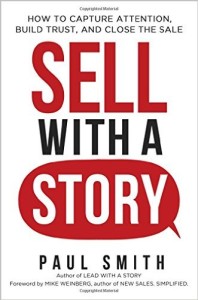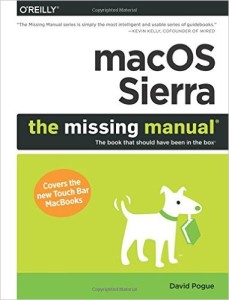Words You Never Use in Blogging for Business

“It’s more important than ever before to be mindful not just of what your company says to customers online, but HOW it is said as well,” asserts Jay Baer, author of Hug Your Haters. “Minor shifts in words choice can mean the difference between a great customer interaction and an unruly, offended mob.” There are three categories of potential trouble, Baer explains:
- words that lack humility
- words that diminish the customer
- words of argument and avoidance
Baer’s words certainly apply to the work we do as business blog content writers, as we try to create great online interactions with customers and prospects.
One word Baer believes lacks humility is “our”. Bair thinks that word implies that the speaker (or writer, in this case) is speaking on behalf of the collective business. “We” and “our” lack humanity and the personal touch, Baer says, advising customer service people to use “I” and “me”.
When it comes to business blog content writing, I don’t mind the word “our”, because it’s part of first person writing. I’ve always preferred first and second person writing in business blog posts over third person “reporting”, because I believe people tend to buy when they see themselves in the picture and when they can relate emotionally to the person bringing them the message.
I absolutely agree that the customer or prospect must never feel diminished. While mythbusting is one important function business blog posts can serve, writers should never imply that readers are unable to fully grasp the information or that they have been easily misled in the past. “The word “misunderstanding”, Baer says, is often used as a polite way of saying “you didn’t listen or read well enough.”
Addressing misinformation in a company’s blog shines light on the owner’s special expertise, besides offering information that is valuable to readers. Still, a certain level of anger might arise at having one’s beliefs challenged, so it’s important to throw readers a “bone” by offering some intriguing information that nobody could reasonably have been expected to know. The customer, as Baer explains, may have been completely wrong, but “proving” that is no way to win a friend.
Words to never use in blogs are words that boast, diminish, argue, and avoid!





Follow us online!